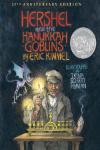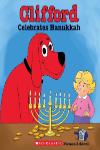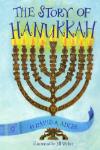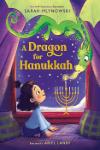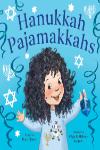Jeffrey M. Green considers the challenges—and successes—of Hebrew literature
Recently I had the privilege of translating a novella by S. Y. Agnon, the only Israeli author who has won the Nobel Prize in Literature, for a volume being prepared by Professor Alan Mintz of the Jewish Theological Seminary. The volume will be composed of stories about Agnon’s home city of Buczacz, Poland, which is about as far from contemporary Israel as it is from contemporary America. The novella, Those Who Seek a Rabbi or the Governor’s Whim, is set in 18th-century Poland, and the Jewish characters in it can barely speak a sentence without quoting from the Bible, the Talmud, or midrash. Using the research tool fondly known here in Israel as “Rav Google,” I was able to identify and locate many of the sources quoted and ironically misquoted by Agnon, and I imagine that most native Hebrew readers would have needed similar assistance with these references, as well as with the realia that Agnon mentions. Unfortunately, Professor Abraham Holtz of JTS, who has produced a fabulous annotated edition of Agnon’s Bridal Canopy in Hebrew, has not done the same for the rest of Agnon’s work—no human being could live long enough to manage that—and I wonder whether Agnon expected us to catch all the references.

